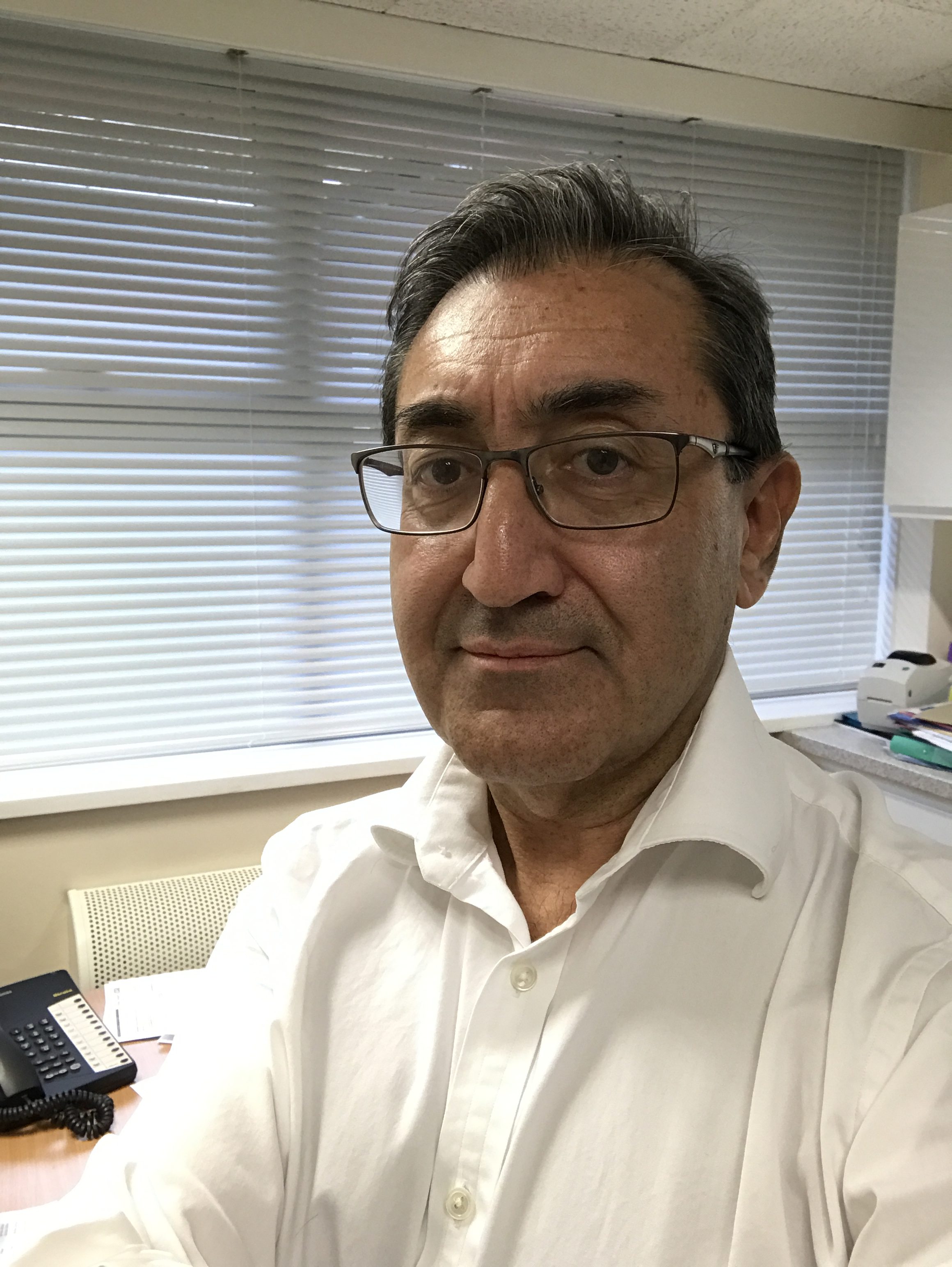
The tsunami of chronic disease management – the ageing population, rocketing rates of non-communicable diseases, and increasing complexity – have dominated much of the debate about the future of general practice and of the NHS. The crucial function of general practitioners in making accurate, timely diagnoses in patients presenting with acute symptoms is easily overlooked, yet is at the very core of primary care. The implications of this for mending the fractures in the system and for the design of integrated models of care came home to me in the course of three conferences over the last couple of weeks.
The first was a European meeting on screening for colorectal cancer, held in the Czech Republic, involving European Commission and Parliament policy-makers, as well as clinicians and epidemiologists. The focus was on increasing the momentum in member states of the EU to develop and extend screening programmes for colon cancer, which is an enormous health problem in Europe. However, the flip side of this debate is the fact that the huge majority of bowel cancers are diagnosed outside screening programs, either in patients presenting in general practice with suspicious symptoms or, in a substantial minority, in emergency hospital admissions for the complications of advanced disease.
The next was a conference summarising the achievements of the Discovery programme, a large, NIHR and charity funded research programme of research aimed at collecting evidence to support early cancer diagnosis in general practice (http://discovery-programme.org). One of many important messages for primary care was the need to be prepared to investigate patients with potential cancer symptoms much more promptly than we do at present, and the consequent requirement for better investigative services that can be readily accessed by general practitioners. Discovery investigators presented new data to show that many of the “typical” symptoms associated with cancer presentations are, in fact, much less common than more general, often vague, complaints, such as fatigue and “feeling different”. They have also demonstrated that patients presented with vignettes of possible cancer scenarios are much more willing to undergo investigations at an earlier stage than previously recognised.
The third meeting was the Annual Conference of the South London Faculty of the RCGP which took as this year’s theme “Early diagnosis in general practice”. I presented some recently-published data, including the important recent BMJ Open paper from Peter Rose and a number of European colleagues which shows that GPs in England, Wales and Northern Ireland are much less likely to request investigations for potentially worrying symptoms then their general practice colleagues in most of the eight other European countries taking part in the study. Given the relatively poor cancer outcomes in the UK (and, for some reason, in Denmark), this is an important finding, adding weight to the need for speed and accuracy in investigations for suspected cancer.
Taken together, these studies and observations are powerful ammunition for the commissioning of better access to investigations, and for careful review of two-week wait criteria. They do, I think, mean more than this, and have major implications for the kind of integration between primary and secondary care that should develop within the NHS in the near to medium term future. In his Five Year Forward View, Simon Stevens, the NHS Chief Executive, describes two possible models of integration – the so-called Multi-speciality Community Provider (MCP) model and the Primary and Acute Care Systems (PACS) model. The first of these is a more horizontal integrative approach to community-based services, including of course general practice, whilst in the PACS model there is scope for a single provider organisation to deliver both primary and secondary care services, with no pre-defined requirement for this to be general practice-led or hospital-led.
The RCGP has, understandably, focused on developing the MCP model, which is probably more likely to keep general practice in the “driving seat”, and meets the five College criteria for an acceptable approach to integration. However, it seems to me that much might be gained by looking more positively at the PACS model, within which investigative pathways for patients with potentially serious conditions – and this of course doesn’t just apply to cancer, but to a host of potentially serious clinical problems – could be developed jointly between generalists and specialists. This approach could, I believe, lead to the creation of much less delay and misunderstanding by removing many of the barriers to speedy diagnosis and swift intervention that presently exist at the primary: secondary care interface. It would be simplistic to suggest that the MCP model is better suited to chronic disease management and the PACS to acute presentations and treatment, but that may not be far from the truth.
It is also possible to see other potential advantages of the PACS system, in locations where it would provide the most clinical benefit. A single employing organisation could provide economies of scale that the small-business model of general practice simply cannot achieve. Making use of joint infrastructures, including finance, HR, and procurement is likely to have significant cost benefits. Beyond this, the possibility that primary care specialists might be employed under similar contractual arrangements to hospital specialists, with benefits for continuing professional development, career structure and work force planning, and with potential positive spin-offs for recruitment and retention, should not be underestimated or discounted.
When Simon Stevens spoke on the BBC’s, Andrew Marr show recently, he was candid in saying that general practice has suffered from 10 years of under-investment. The RCGP has done a terrific job in making this argument and articulating a strong case for substantially increased investment in the infrastructure and in the general practice workforce. Whilst the burden of an elderly, co-morbid and increasingly dependent population is undoubtedly making general practice creak at the seams, it will be important in the future – in the very near future, given the shortage of doctors wishing to become general practitioners – to look at how other professions can support the central role of GPs in delivering primary medical care. It will also be crucial for general practice to forge alliances with other parts of the health service and, when this is in the best interests of patient care, to collaborate, as well as lead, in new systems of integrated care likely to provide the best clinical outcomes.









